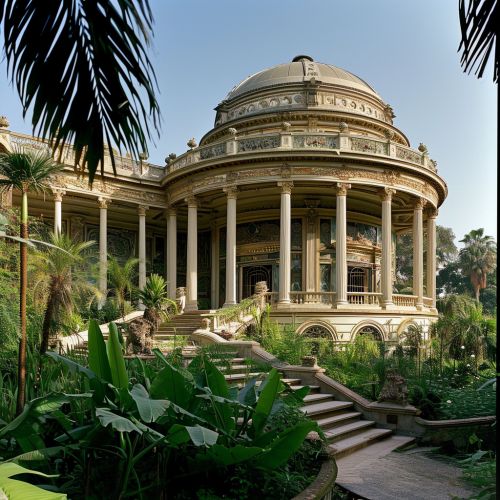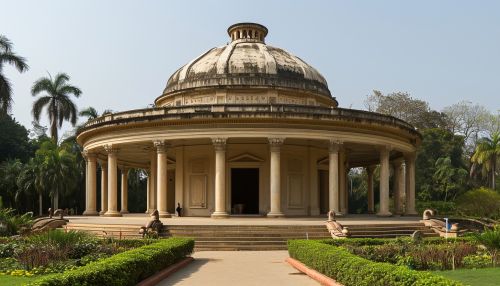Romanian Athenaeum
History
The Athenaeum is an iconic concert hall located in the heart of Bucharest, the capital city of Romania. The building, which was completed in 1888, is a symbol of Romanian culture and national identity. Its design, by French architect Albert Galleron, was inspired by ancient Greek architecture, and its interior is adorned with frescoes depicting key moments in Romanian history.
The idea for the Athenaeum was conceived in 1865 by a group of prominent Romanian intellectuals, including Mihail Kogălniceanu, a leading figure in the 19th century Romanian political and cultural scene. The project was financed through a public subscription, a testament to the importance of the Athenaeum to the Romanian people. The phrase "Give a penny for the Athenaeum" became a popular slogan, and the funds raised through this campaign allowed for the construction of the building.


Architecture
The Romanian Athenaeum is a striking example of neoclassical architecture, characterized by its grand scale, symmetrical design, and use of classical Greek and Roman elements. The building's most distinctive feature is its large, domed roof, which is supported by a series of Corinthian columns. The facade of the building is adorned with a series of medallions, each featuring the portrait of a famous Romanian historical figure.
The interior of the Athenaeum is equally impressive. The concert hall, which can accommodate over 800 spectators, is renowned for its excellent acoustics, a result of its elliptical shape and the use of resonating chambers. The hall is surrounded by a circular gallery, which provides additional seating. The walls of the concert hall are adorned with a series of frescoes, painted by Romanian artist Costin Petrescu. These frescoes depict key moments in Romanian history, from the conquest of Dacia by Roman Emperor Trajan to the unification of Romania in 1918.
Cultural Significance
The Romanian Athenaeum has played a central role in the cultural life of Romania since its inception. It is the home of the George Enescu Philharmonic Orchestra, one of the oldest and most prestigious orchestras in Romania. The Athenaeum has hosted countless concerts, recitals, and music festivals, and has been graced by many of the world's leading musicians and conductors.
In addition to its role as a concert venue, the Athenaeum is also a symbol of Romanian national identity. The building's architecture, its frescoes, and its association with the country's cultural elite all contribute to its status as a national icon. The Athenaeum is often used as a symbol of Bucharest and is featured on the Romanian five lei banknote.
